Migrating data from SQLite to SQL Server
This guide walks you through migrating data from SQLite to SQL Server in a few simple steps using ESF Database Migration Toolkit. Simplify complex migration tasks and save valuable time with our streamlined approach.Prerequisite:
Software Required:
ESF Database Migration Toolkit »System Supported:
- Windows 7 or higher.
- SQLite 2 or higher.
- SQL Server 6.5 or higher.
Step by Step Wizard:
-
Configure SQLite Data Source
- In the "Choose a Data Source" dialog:
- Select "SQLite"
- Database file selection:
- Click the "..." button (Browse)
- Select your SQLite database file (.db, .db3, .sqlite, or .sqlite3)
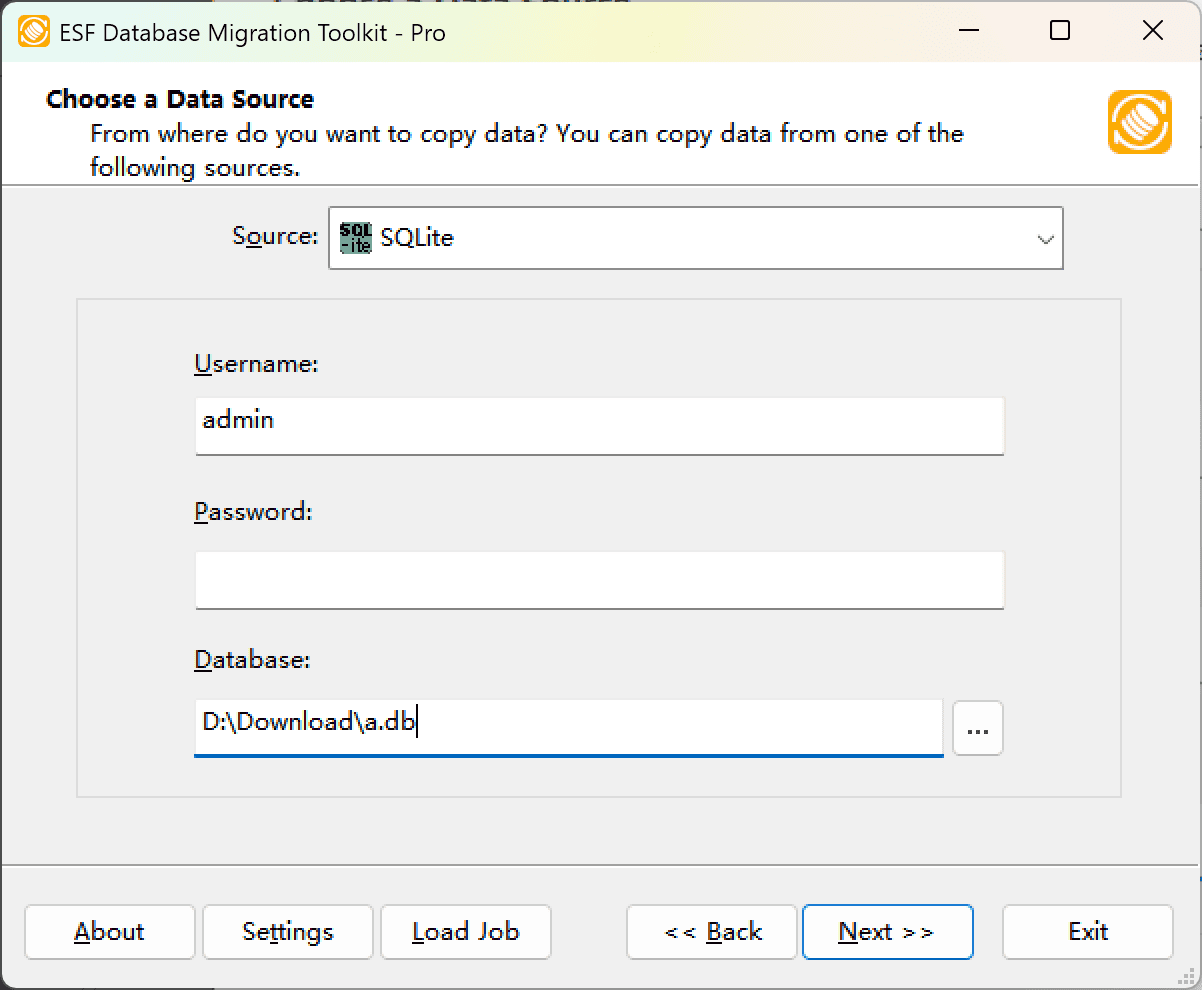
Fig. 1: SQLite data source configuration - In the "Choose a Data Source" dialog:
-
Configure Microsoft SQL Server Destination
- In the "Choose a Destination" dialog:
- Select "Microsoft SQL Server"
- Server connection details:
- Enter SQL Server host name (optionally with instance name), e.g.,
localhost\sqlexpress - For TCP/IP connections:
- Specify server port (default:
0uses named pipes) - Provide username (e.g.,
sa) and password
- Specify server port (default:
- For Windows Authentication:
- Check the Windows Authentication checkbox
- Enter SQL Server host name (optionally with instance name), e.g.,
- Database configuration:
- Click the Refresh button to list existing databases
- Select existing database or enter new database name
- Note: Non-existing databases will be automatically created during migration
- Schema configuration:
- Click the refresh button to list existing schemas
- Select existing schema or enter new schema name
- Default schema:
dbo(if left blank) - Note: Non-existing schemas will be automatically created during migration
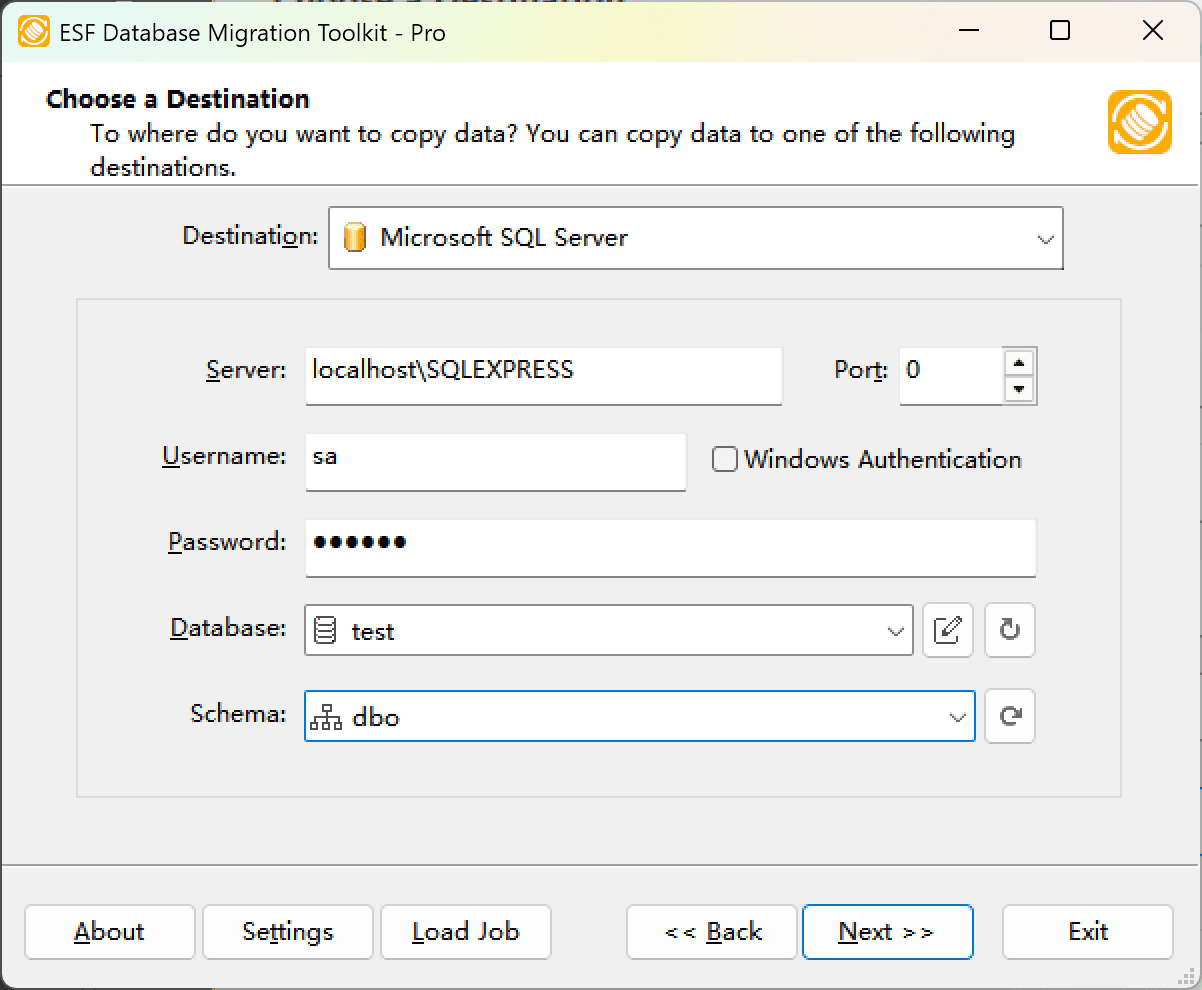
Fig. 2: Microsoft SQL Server destination configuration - In the "Choose a Destination" dialog:
-
In "Select Source Table(s) & View(s)" Dialog
-
Select migration objects: Choose tables or views to include in the migration.
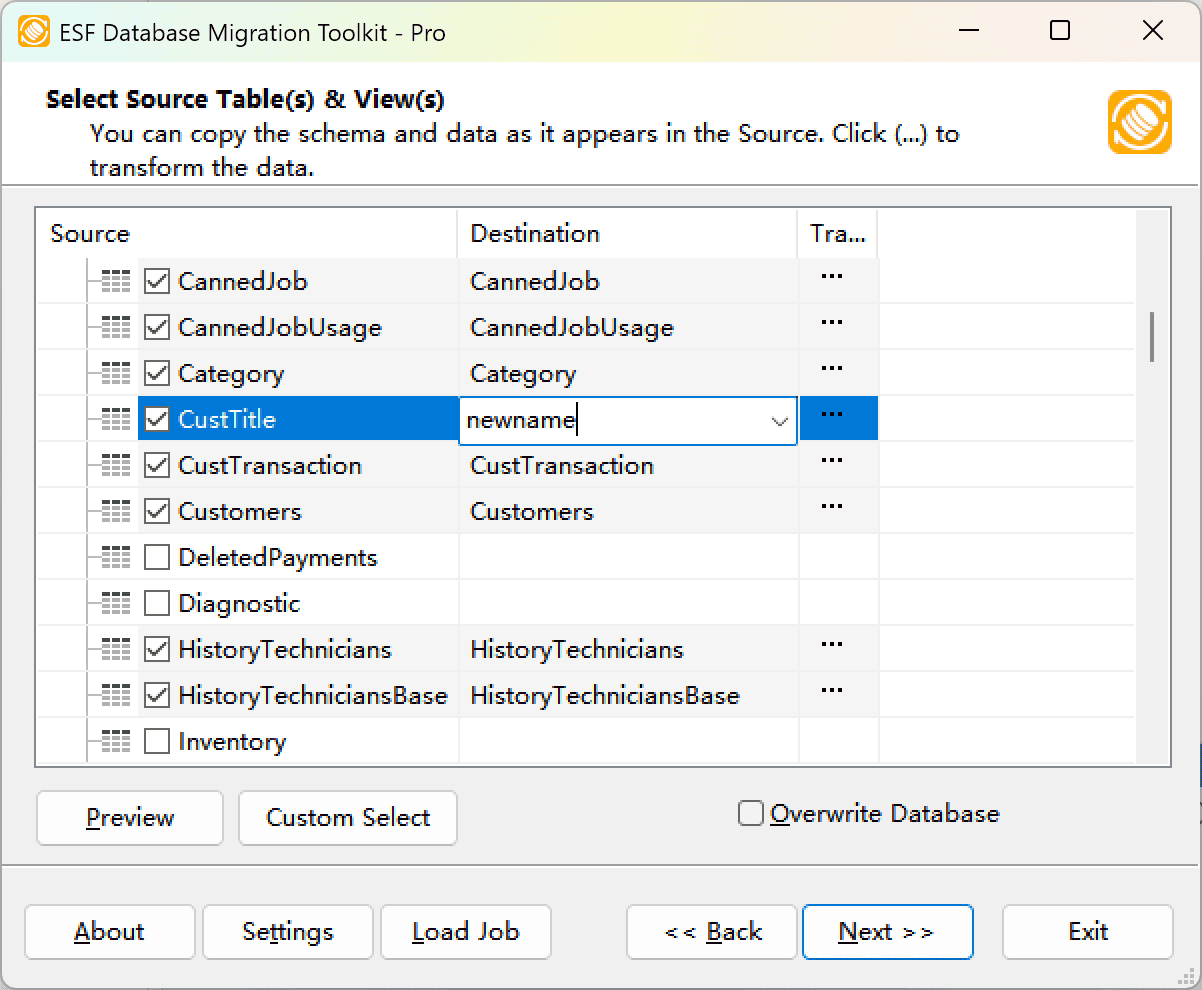
Fig. 3: Select tables and views -
Modify table structure: Click the ellipsis (...) button to access table options and schema adjustments.
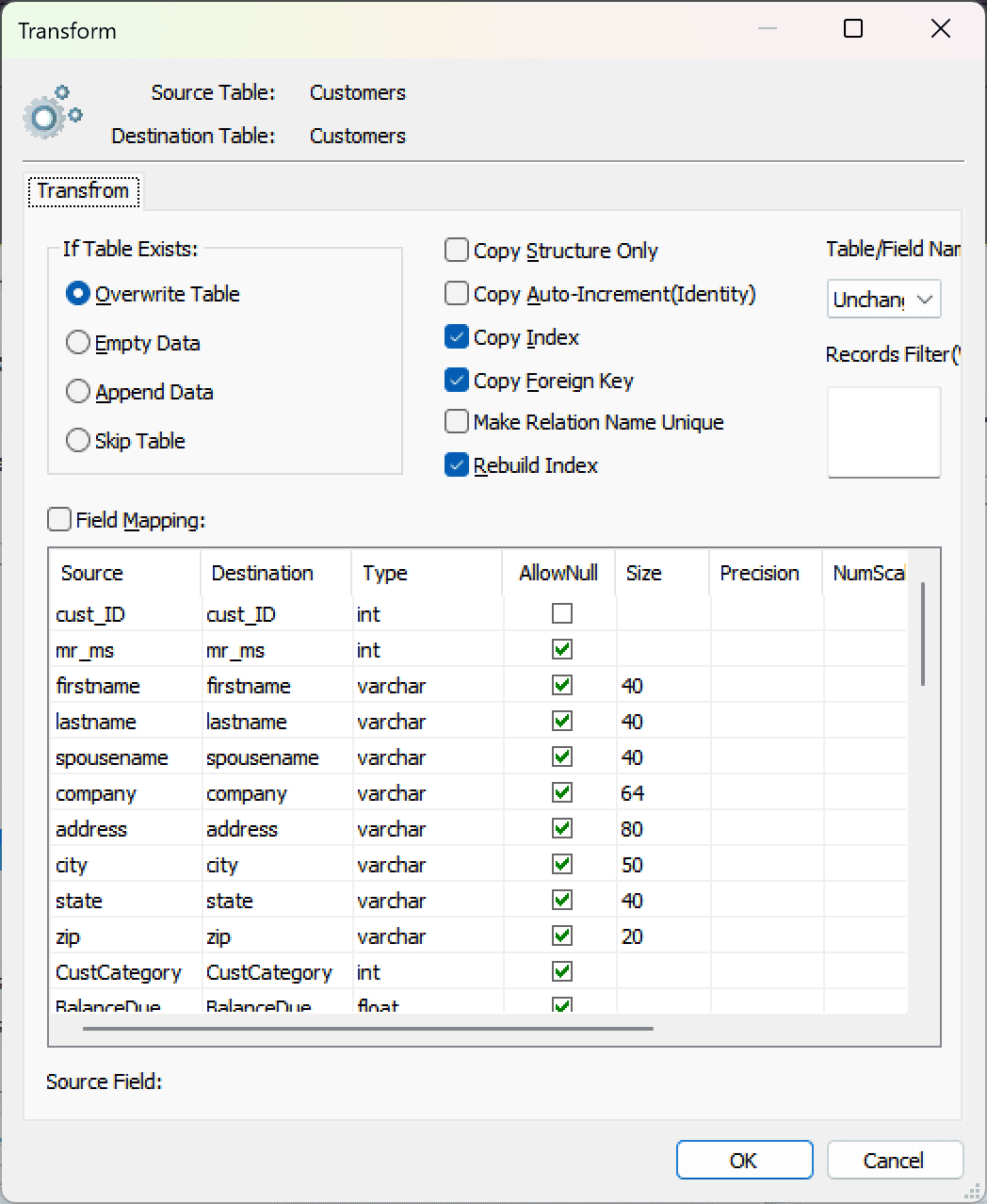
Fig. 4: Do transform -
Configure field mapping: In the Field Mapping options:
- Customize destination fields (name, data type, default value, comments)
- Select data transfer method:
- Overwrite Table (replace existing data)
- Empty Data (truncate before insert)
- Append Data (add to existing data)
- Skip Table (exclude from transfer)
- Apply data filters before transfer
-
Select migration objects: Choose tables or views to include in the migration.
-
Execution Dialog
-
Start migration: Click "Submit" to initiate automated data transfer from SQLite to SQL Server.
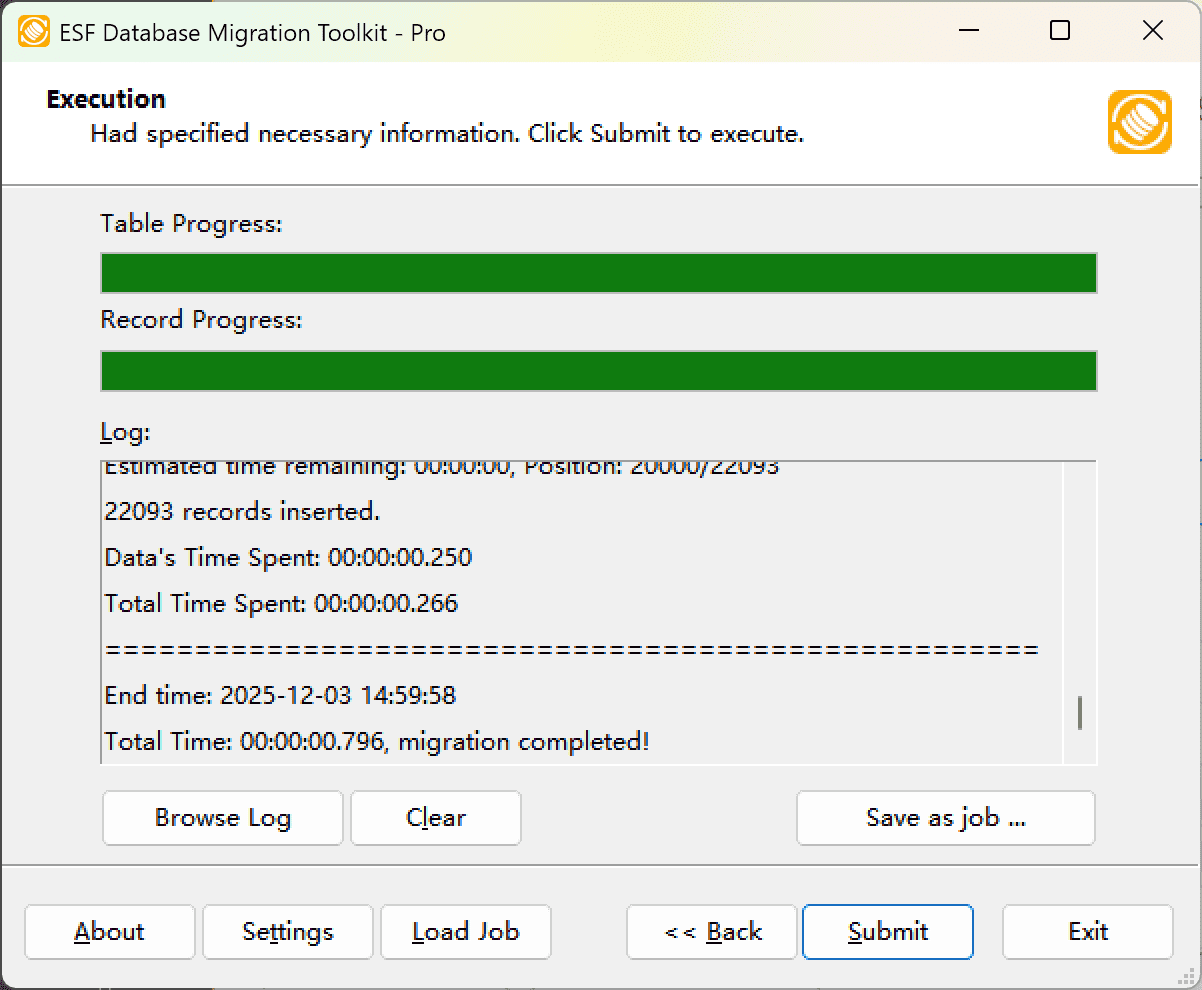
Fig. 5: Execute migration - Monitor progress: Click "Browse Log" for real-time migration tracking, including issue resolution details.
-
Save configuration: Click "Save as job" to store settings for:
- Quick reloads of migration jobs
- Command-line execution (use:
dmtc.exe --helpfor parameter options)
-
Start migration: Click "Submit" to initiate automated data transfer from SQLite to SQL Server.
-
Finished!
After migration completes, the toolkit generates a comprehensive report for verifying migration accuracy. You can monitor progress as the automated process runs efficiently. For any questions or feedback, contact us – our team is ready to assist.